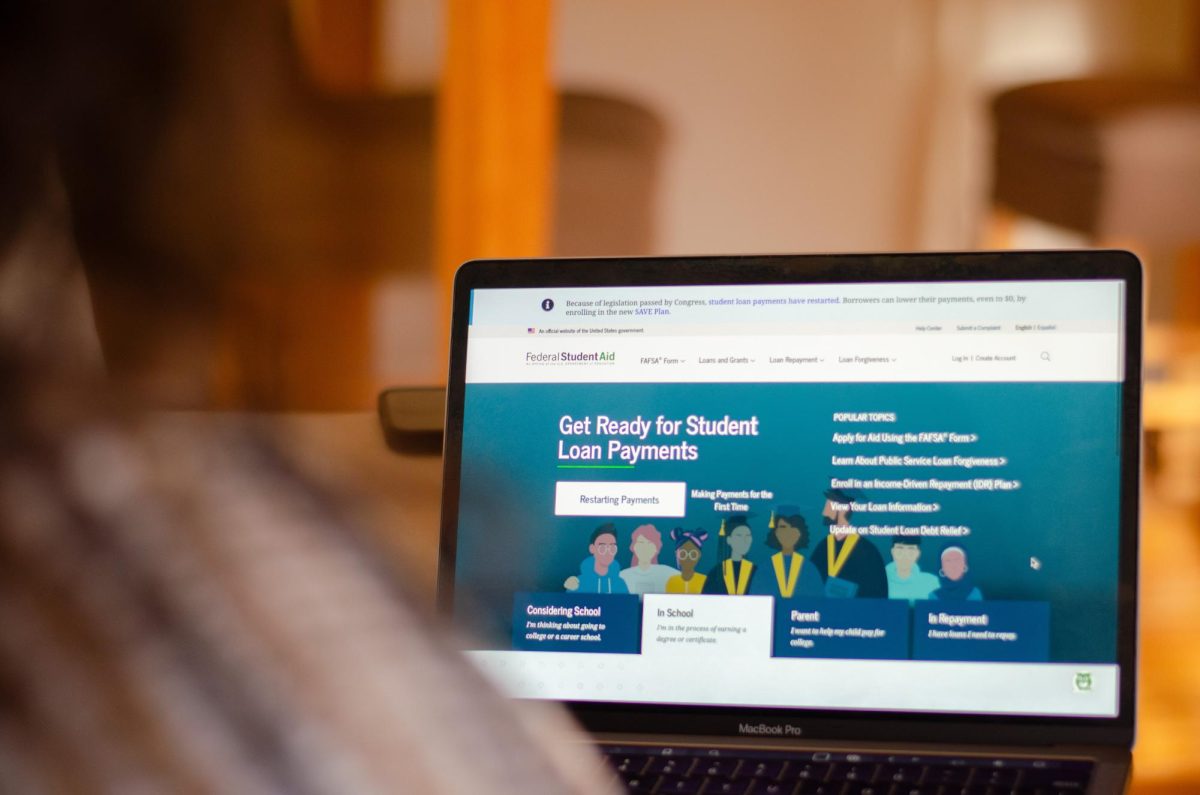Amidst delays, bugs and glitches, the new FAFSA is finally available for students to fill out in preparation for the 2024-2025 school year. This is, according to the Federal Student Aid website, the single biggest overhaul of the form since the Reagan era [1]. The FSA website says changes are designed to “allow 1.5 million more students access to the maximum Pell Grant award, bringing the total number of students eligible for the maximum Pell Grant to over 5.2 million.” It also boasts that the new FAFSA will be streamlined, with fewer and simpler questions.
Although some 600,000 new students will be eligible for financial aid, Forbes Advisor points out the new FAFSA no longer accounts for students with siblings in college [2] —the new FAFSA won’t give out more aid, but effectively shuffles it around. Students this year could be in the middle of an otherwise normal year, fill out their FAFSA, receive their new federal aid, and find that they’re no longer able to afford college because the FSA arbitrarily decided that their siblings’ tuition costs were no longer a burden to their family.
These latest changes prove how divorced the FAFSA—and more broadly, federal measures of poverty and wealth—are from reality. Effectively, the FAFSA only accounts for income, not spending. A large family with a seemingly high income could also have high expenses if one or more of their children has recurring medical costs or educational costs, if either of the parents have debt or are struggling to support someone else financially, like their own parents or siblings; the list is endless. In determining Pell Grant eligibility, the FAFSA doesn’t account for varying costs of living by region, with the exception of Alaska and Hawaii. Two students with the same family income living in New York City and Texas are treated exactly the same by the FSA.
The minimum wage and the poverty line alike are completely disconnected from how much money someone needs to make to survive. Massachusetts Institute of Technology’s living wage calculator demonstrates how out of touch poverty wages are compared to livable wages; for example, one adult working full time in Boston with no children needs to make at least $22.59 to cover their day-to-day expenses. The minimum wage is, of course, $15.00, and the poverty wage, or how much per hour that adult would make to be at the poverty line, is a measly $6.53 [3]. In fact, an adult making the $7.25 federal minimum wage, which has long since been proven to be unable to support a single adult, let alone a family, wouldn’t be classified as impoverished by the FSA.
College is completely unaffordable for even the “middle-class,” an increasingly tenuous definition of the average American. And forget the lower-middle class, who make enough on paper to be seemingly comfortable, but in reality, are one doctor’s visit or car accident or life-changing event away from destitute poverty. These recent changes to the FAFSA only reflect the downward spiral of college affordability; at a time of skyrocketing college costs, the FSA has made the ingenious decision to shuffle money around instead of making it functionally easier for low-income students to access college. Of course, this is in line with the rest of the Biden administration’s forgotten promises—a few exciting pitches that get lost in the rush to make the rich richer and the poor poorer.
SOURCES:
[2] https://www.forbes.com/advisor/student-loans/fafsa-changes-what-you-need-to-know/





















































